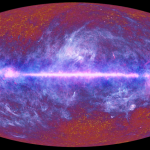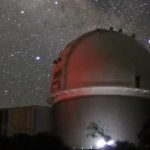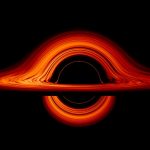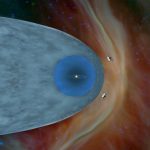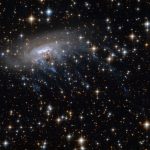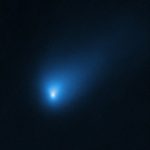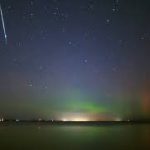This Is The Biggest Asteroid That Could Hit Earth Warns NASA Impact System0
- From Around the Web, Space
- November 8, 2019
NASA’s impact monitoring system has detected the largest and most dangerous asteroid that could hit Earth. If this asteroid collides with Earth, it could cause a partial extinction event on the planet.


